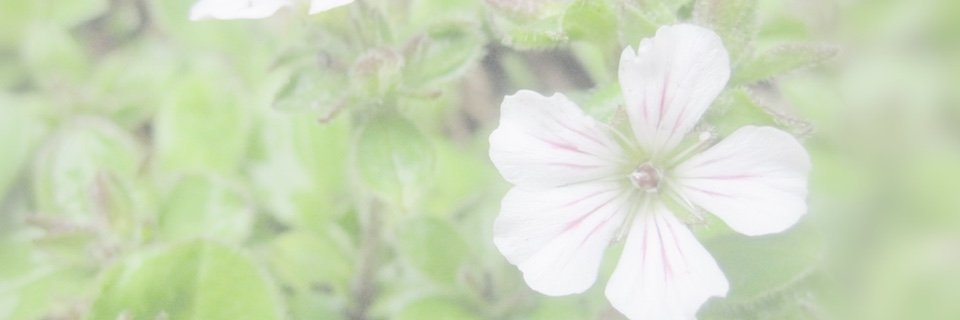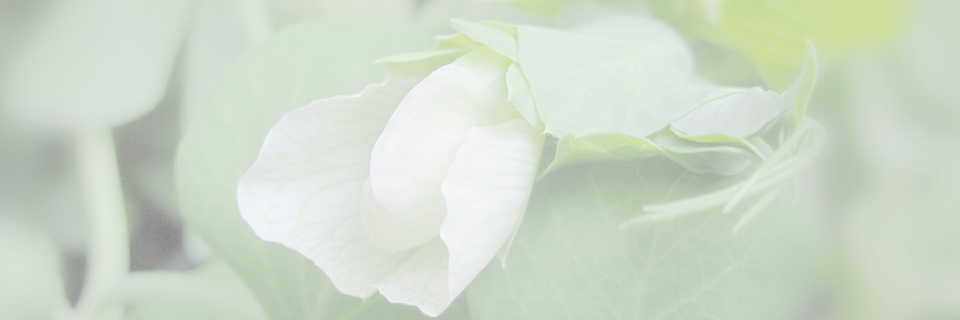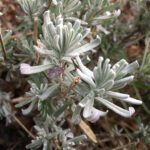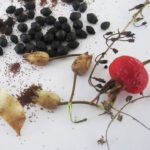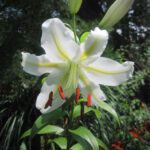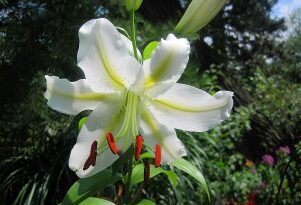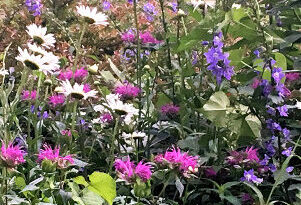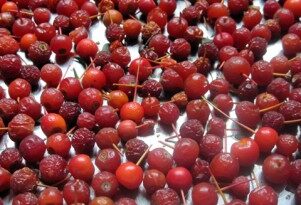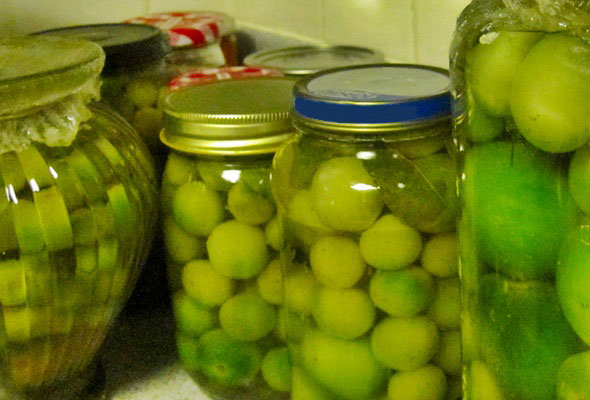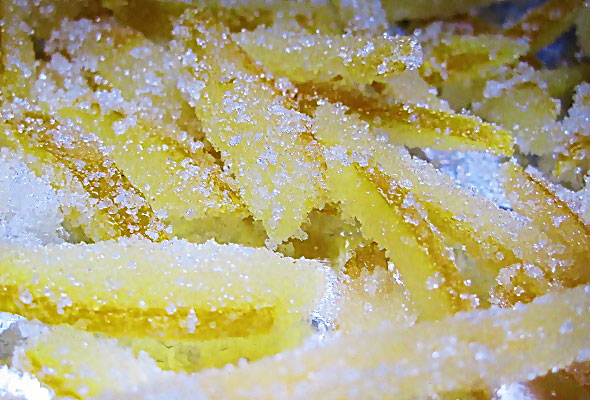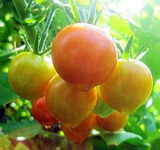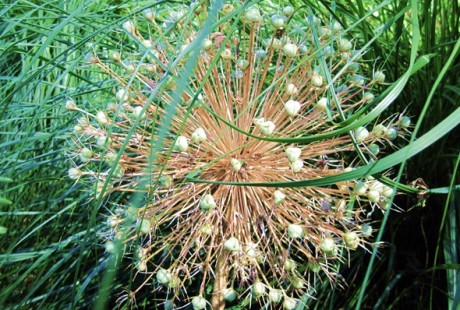Stories

JuNE 3, 2024
Understanding your site
Soil Composition
Soil composition is characterized by its texture, pH, moisture, and nutritional value. Take a clump of soil in your hand and squeeze it to determine its texture: if it sticks together, it is clay, if it seeps through your fingers, it is sand or silt, and if it loosely holds its shape, it is loam.
Loam is the ideal soil for gardening, as it is packed with nutrients, gives the roots a solid hold, and drains water well.
To find out the pH, a soil test is the most accurate way, but if you don’t have one, observe which plants are thriving. If you have azaleas, astilbe and ferns in your garden, then chances are your soil is acidic, or sour. If hostas, sage, hellebores and lilacs do well, then you probably have alkaline, or sweet soil.
Ideal garden soil is slightly acidic, with a pH between 5.8 and 6.5, although plants can manage a broader range if they get enough sun and nutrients.
Soil moisture is easy to tell: if the soil looks dry, it is dry. You can only water it so much.
As for soil fertility, all soils become impoverished by constant use, which is why the practice of letting land lie fallow to allow it to rest was instituted.
Replenish soil nutrients regularly, especially if you’re cultivating plants that bloom or bear fruit, as these use a lot of energy.
If possible, amend the borders with compost, well-rotted manure, or fresh garden soil each spring. If not, incorporate a side dressing of fertilizer into the soil, and use a blend of coffee grounds, ground eggshells and minced banana peels in lieu of mulch.
Special Conditions
When designing a garden, special features like soggy or rocky areas, bodies of water, slopes, and consistent prevailing winds override all other considerations.
Each of these conditions gave rise to its own species and those species are the only ones that will thrive in them.
Boggy sites are ideal for rain gardens, where they handle water runoff by preventing it from leaving the site.
Plants such as mint, foxtails, astilbe, turtleheads, creeping Jenny and Siberian irises will flourish there.
Waterlilies, marsh marigolds, and yellow flag irises only grow in ponds or places that remain consistently waterlogged.
A combination of vinca, creeping phlox, dead nettle, and junipers can be used to stop erosion on a sunny slope while making it look beautiful.
For a slope in the shade, try pachysandra or ivy.
Rock cress, periwinkle, hens and chickens, ice plant, sedum, soapwort and thrift are all suitable for rock gardens.
To combat persistent wind on the site, plant arborvitae, yew, lilac, hazelnut or viburnum hedges as windbreaks.
Moisture
Even when you water them religiously, some sites will remain stubbornly dry. Whether that is because of the soil type or being baked in the sun all day, it’s not important.
If you don’t want to put in the effort to significantly alter or replace the planting medium, work with the soil you have and choose xeriscape plants such as lilyturf, yucca, or succulents.
Shifting Sun Exposure
Gardens mature and can change significantly over time, especially when they have lots of shrubs and trees.
Observe how the sun’s exposure changes throughout the day and year, and remember that unless the area is completely out in the open, it’s in part shade at best.
LATEST FROM THE BLOG
Texture
Garden design relies on color harmony, scale, fragrance and texture. Professional landscapers never overlook the last element, which is often the special ingredient which makes famous gardens enchanting. Texture comes from many sources. First, plants with lacy and spiky foliage, like ferns, astilbe, cosmos, delphiniums, ice plant: those are the usual go to choices for
+ Read More
Private Sanctuaries
A garden’s enchanting allure is found in its little surprises: a bench tucked away under the rose arbor, the table and chair under a tree, a terrace on the side of the house, a flat boulder to sit on by the pond, a secret nook hidden behind a flowering hedge. We keep rediscovering these surprise
+ Read More
From the Prairie to the Garden
Native species gardens are growing in popularity because they are so ecologically responsible. Their plants are self sufficient, self-cleaning, and provide solutions for soil run-off and water management as effective as they are beautiful. Native flowers restore habitat for the wildlife that adapted to use them for food and shelter, bring depleted land to a
+ Read More




